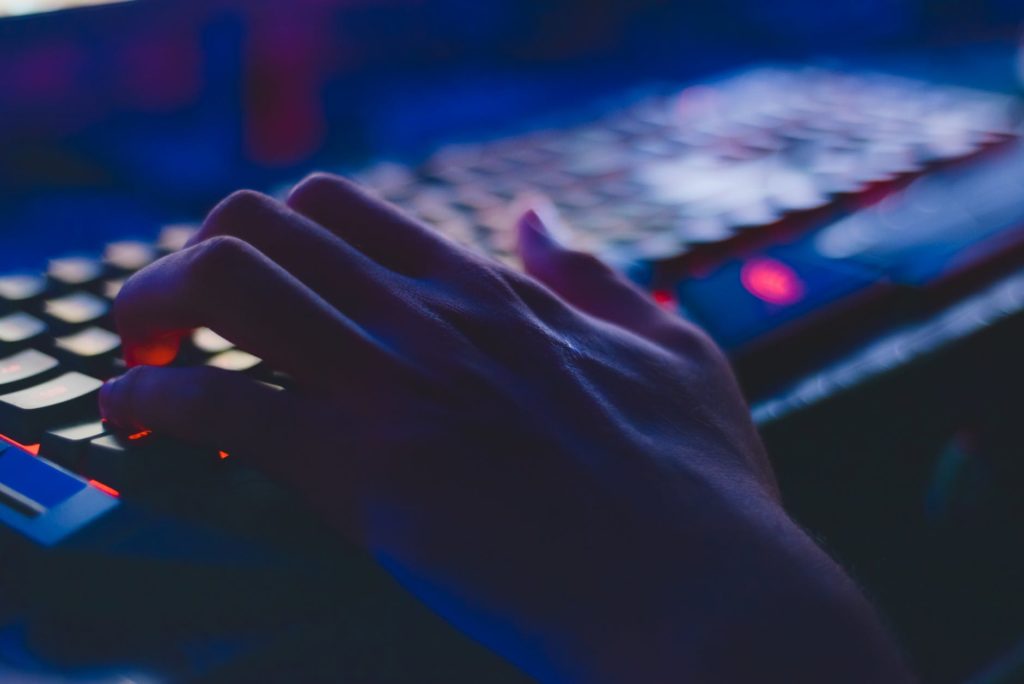Blog

No one thinks it will happen to them – until it does. When a cyberattack hits, it’s quick and merciless for identity theft, account hacking, malware, or more. Fortunately, there are ways to protect yourself from cyberattacks in advance. Below are 4 ways to boost digital security as soon as today.
Get a Password Manager
Is your default password to your accounts “PASSWORD1” or a variation of your name and birth date? While these simple passwords are easy to remember, they’re also easy for hackers to figure out. A password manager can auto-generate complicated passwords for every account and store them. Along with free password managers like Dashlane and LastPass, there are for-pay versions of those two and many more. Paid versions may cost less than 5 dollars a month.
Many password managers come with extra features like dark web monitoring, a VPN, two-factor authentication, automatic sync, file storage, and more. Shop around for important features to see if they’re worth the cost. The first step is downloading a free version so you can beef up your password security.
Use a VPN
Some password managers come with VPNs. However, if you want a free password manager, it may still be worthwhile to spring for a VPN. A VPN (virtual private network) essentially creates a private network over a public network, encrypting data going from your device to Internet sites. VPNs are often used to get around geo-restrictions and censored websites, but they mainly provide an extra layer of protection.
Cover Your Webcam
It may sound like something out of a horror film, but “camfecting” can happen to anyone. Hackers can take over your webcam, which all computers and laptops come with these days, and use it to spy on you. This doesn’t necessarily mean you are specifically targeted. It’s often only a hacker targeting random people just for bragging rights. Sometimes “camfecting” involves a virus that takes over your computer; in this case, you’ll need to do a complete overhaul. Often it is only the webcam that’s taken over, and a webcam cover can help avoid the problem. It is small, cheap, and gets the job done. There is a reason Mark Zuckerberg covers his webcam with a piece of tape.
Enable Two-Factor Authentication (2FA)
It might be a nuisance, but 2FA adds an extra layer of security to your seemingly mundane internet use. 2FA has you sign in with your password and a code sent to your phone or email. Google has its own app, Google Authenticator; other 2FA apps like Authy can be downloaded to your phone. With two levels of security to get through, it’s harder for hackers to break into your accounts.
Don’t Forget the Obvious — Antivirus Software
The most obvious and simple way to protect from cyberattacks is antivirus software. It’s a necessity for any internet user, for desktop, laptop, and mobile devices. Antivirus software protects from basic viruses, malware, phishing attacks, and more. Unlike the four security methods mentioned above, antivirus software doesn’t always come cheap — but it is essential.
Think of it like life insurance. You pay premiums every month and hope you’ll never need it. But if an emergency strikes and you’re not covered, your family will be unprotected. Antivirus software is similar. If an attack occurs and you don’t have it, your information will be completely unprotected. Start with basic antivirus software, add extras to boost your digital security, and you’ll have a good chance at keeping your personal information out of the wrong hands.

